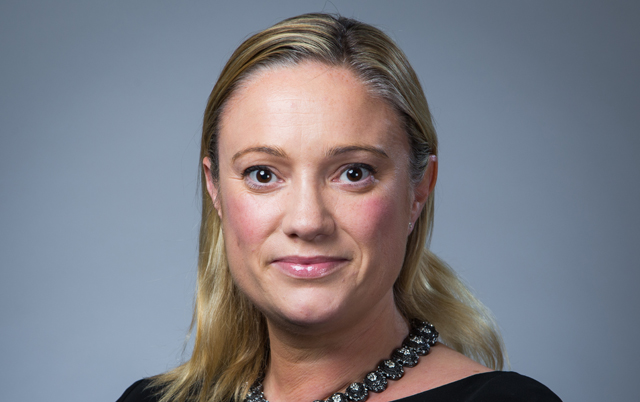Spelling out Tomorrow’s World in real estate
by Alice Breheny* (pictured)
If you had to identify 26 trends that real estate investors need to bear in mind for Tomorrow’s World – each matched with a different letter of the alphabet – what would you see? A resultant theme is that investors should be thinking differently.
As an institutional property investor we want to future-proof our clients’ interests, in order to provide superior outcomes. So, we have to maintain a clear view of what Tomorrow’s World looks like.
Changes to global society
Tomorrow’s World will be shaped by changes to society that are global, or at least in regions where billions of people live. One of these is the “XX economy”, a concept developed by an Oxford University professor where women are truly empowered, and where growing productivity changes demand for real estate.
Ageing populations and the youth explosion will also have an impact. Growing numbers of over-60s, who will number two billion globally by 2050 (United Nations – Ageing in the Twenty-First Century), will result in increased demand for health facilities that are integrated with retail and leisure, for instance. Meanwhile, Gen Y, who are aged between 15 and 33 and who are more than a quarter of the US population, will increasingly drive demand for real estate. These people are more diverse than, and have different attitudes to, previous generations.
Outside developed countries, wealth is increasing. Global middle classes are becoming empowered, and their tastes and needs are changing. This is a key reason why we think that outlet malls represent a growth sector in emerging economies: they appeal to increasingly fashionable, but still value-conscious, middle class consumers.
Meanwhile, one of the big trends in developed countries is the rise of the sharing economy. For us, the question is: can the success of companies like Airbnb and Uber be replicated in the real estate market – for instance, through provision of co-working space? Associated with this is growing demand for the private rented sector (PRS) in multi-family buildings – which matches the need of the millennial workforce for flexibility.
The world on the move
More than ever, people are choosing to live, work and play in cities. In fact, urbanisation is one of the defining characteristics of emerging markets. In China alone, about 20 million people are moving to cities each year (Oxford Economics, 2015). We look for places where population growth is being managed well.
Meanwhile, the cities are becoming more integrated – across borders and cultures. Globalisation is providing new options for international brands and the retailers that sell them. Integration also involves migration, as workers from other countries are needed to sustain national economies (and, through remittances, those of their home countries).
Global integration is important. In some places, trends are consistent with rising inequality – which often brings crime and violence. Other places will be ‘super Zip codes’, with concentrations of highly-educated, high-earnings households and high-value homes. We look for places that offer quality of life – a built environment that, in turn, promotes health, recreation and a sense of social belonging.
New and better business
Meanwhile, investors, landlords and tenants are all doing business in different ways. Investors are increasingly financing deals with funds from insurers, debt funds and other non-bank lenders. Investors are also attracted to real assets – infrastructure, agriculture, agribusiness, energy and timber – in a world where populations are growing and resources are finite.
Landlords and tenants know that good business is sustainable business. This means focusing on net positives – giving back more to society and the environment than they are taking out. Businesses are delivering on commitments towards a low-carbon economy. And they are alert to the implications of changing technology (e.g. growing usage of robots) and the relentless rise of e-commerce.
Thinking differently for Tomorrow’s World
As investors, we know that geographic and sectoral diversification is essential, because the next shock could come anywhere. Horizon thinking matters too: success comes from understanding the prospects for the short- (one year), medium- (five years) and long-terms (five to 15 years). We look for joint ventures which enable us to achieve far more with a partner than we could on our own. Versatility matters, too. We are always ready to change our thinking and the physical buildings themselves as conditions evolve. And that evolution is continual – like in a kaleidoscope.
*Alice Breheny, is Global Co-Head of Research, TH Real Estate.










